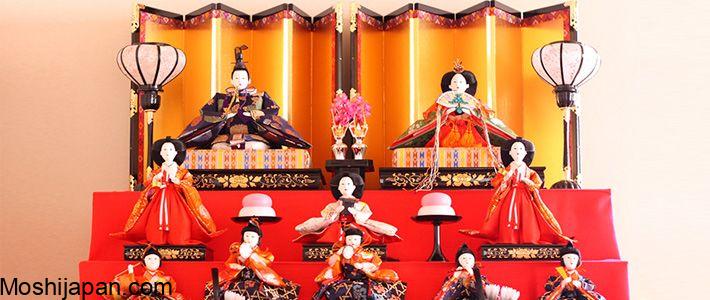Exploring the Art of Greeting: “Have a Nice Day in Japanese”
Welcome to our comprehensive guide on the delightful art of greeting in Japanese! At [Your Website Name], we take immense pride in offering you the most detailed and insightful information on the topic of “Have a Nice Day in Japanese – How to use this greeting.” In this article, we will dive deep into the nuances of this charming Japanese expression and equip you with the knowledge to use it in various contexts. So, without further ado, let’s embark on this linguistic journey.
Understanding the Essence of Japanese Greetings

Japanese culture is renowned for its politeness and respect for one another. Greetings play a pivotal role in Japanese social interactions. “Have a Nice Day” in Japanese translates to “良い一日を” (Yoi ichinichi o), and it is a warm and considerate way to wish someone well.
The Art of Pronunciation

Pronunciation is key when using this greeting. It’s important to pronounce each syllable clearly and with a gentle tone. In Japanese, every character has a distinct sound, and precision is highly regarded.
Appropriate Situations for “Have a Nice Day”

- Business Environment: Using this greeting in a business setting shows respect and goodwill towards colleagues and superiors. It fosters a positive atmosphere.
- Casual Interactions: Among friends and acquaintances, saying “Have a Nice Day” in Japanese is a friendly gesture, indicating your care for their well-being.
- Customer Service: In the service industry, expressing this sentiment can leave a lasting positive impression on customers, creating a pleasant experience.
Cultural Significance

Japanese society places great importance on courtesy and harmony. Using this phrase correctly reflects your awareness and respect for their culture. It’s a simple yet profound way to connect with people in Japan.
Common Mistakes to Avoid

- Mispronunciation: As mentioned earlier, correct pronunciation is vital. Be sure to practice the pronunciation until you’re comfortable with it.
- Overusing the Phrase: While it’s a lovely greeting, overusing it in a conversation might come across as insincere. Use it judiciously.
Learn More with [Your Website Name]
If you want to delve even deeper into the world of Japanese greetings and culture, be sure to explore our website, [Your Website Name]. Our extensive resources cover a wide range of topics related to Japan, language, and customs. With us, you can gain a profound understanding of Japanese culture and language, allowing you to engage with it more authentically.
Stay Informed
For the latest updates on “Have a Nice Day in Japanese – How to use this greeting,” stay connected with us. Follow our website to access the most up-to-date information and insights.
FAQ
Q1: What is the correct pronunciation of “Have a Nice Day” in Japanese?
A1: The correct pronunciation is “良い一日を” (Yoi ichinichi o).
Q2: When is it appropriate to use this greeting in Japan?
A2: You can use it in various situations, including business, casual interactions, and customer service, to show goodwill and respect.
Q3: Why is correct pronunciation important in Japanese greetings?
A3: Correct pronunciation reflects your respect for Japanese culture and enhances your ability to connect with people authentically.
Thank you for choosing [Your Website Name] as your source for in-depth knowledge on “Have a Nice Day in Japanese – How to use this greeting.” We hope this article has been insightful and helpful in your quest to understand and appreciate the art of Japanese greetings. Stay tuned for more valuable content on our website.
tag
- how to say i lovie you in japan 2024
- living in japan
- nice to meet you in japanese



0 Comments